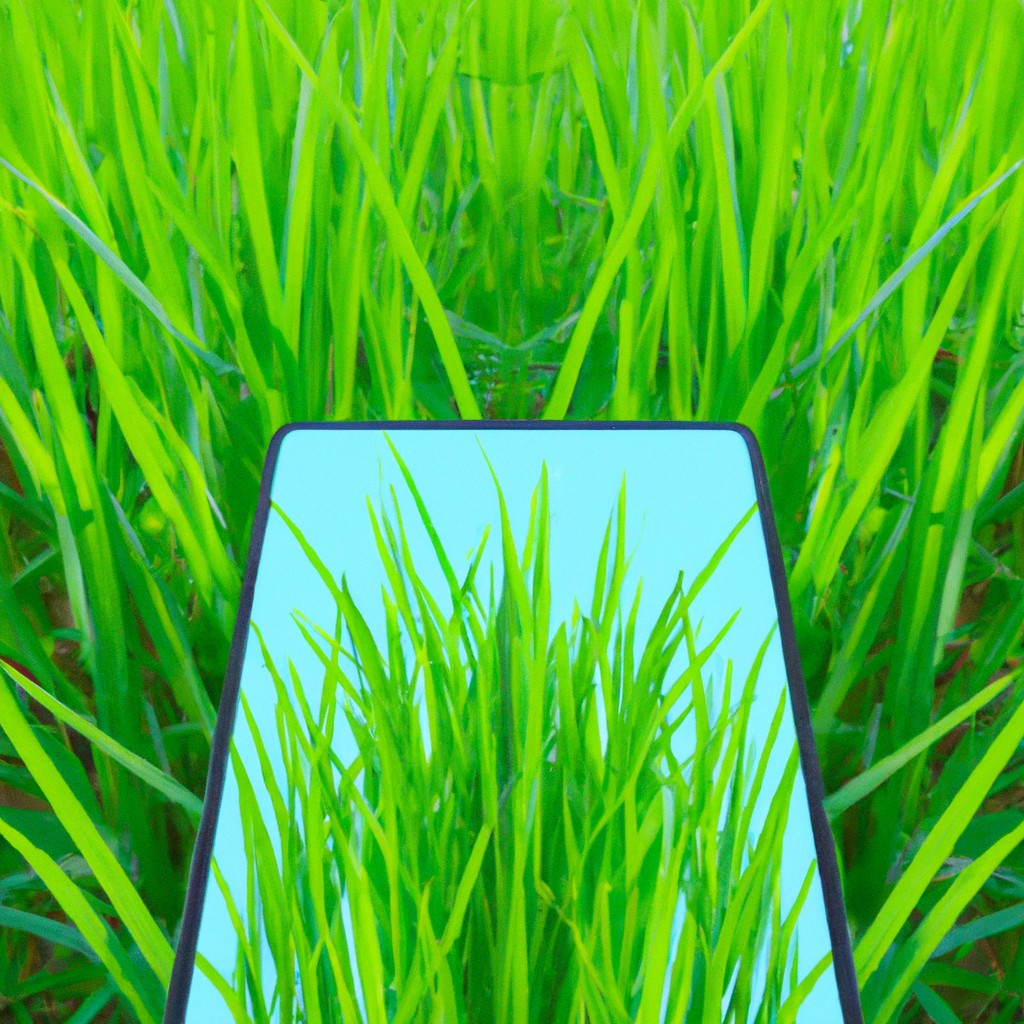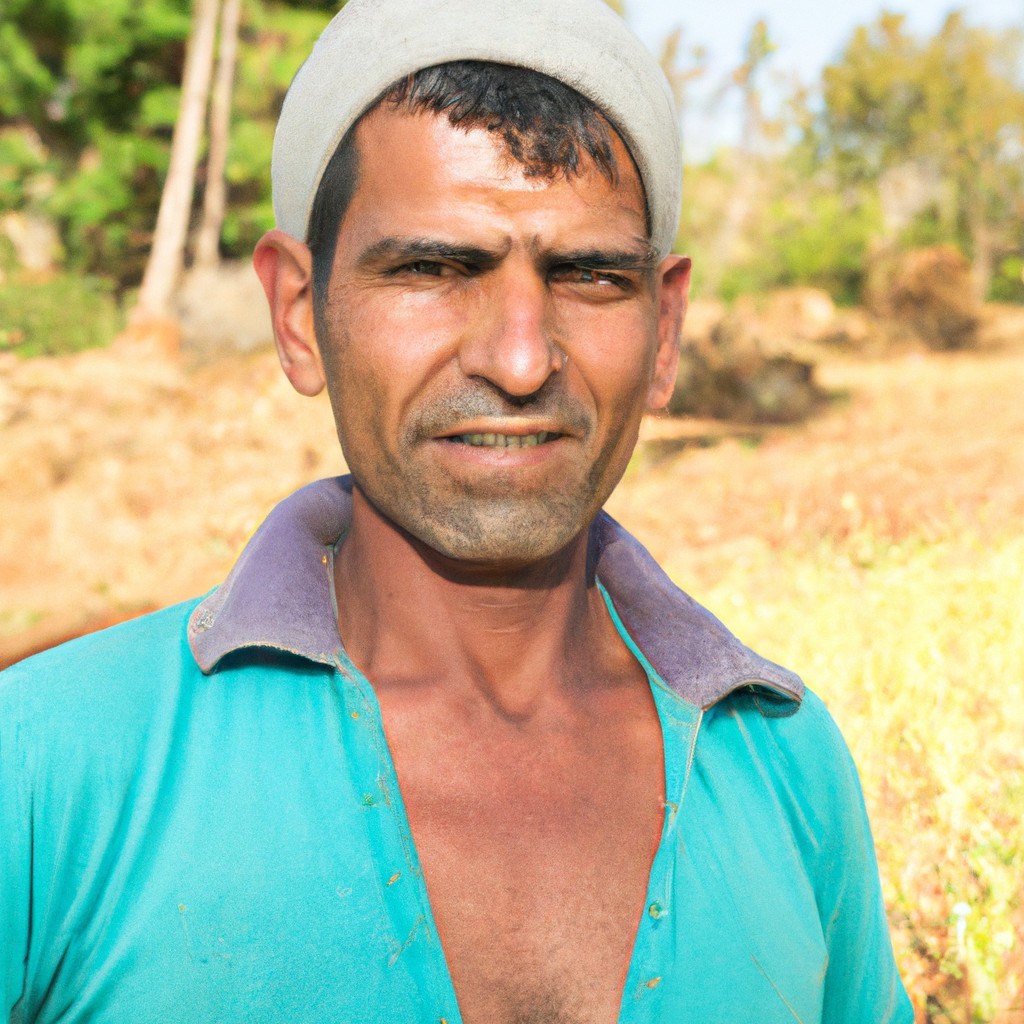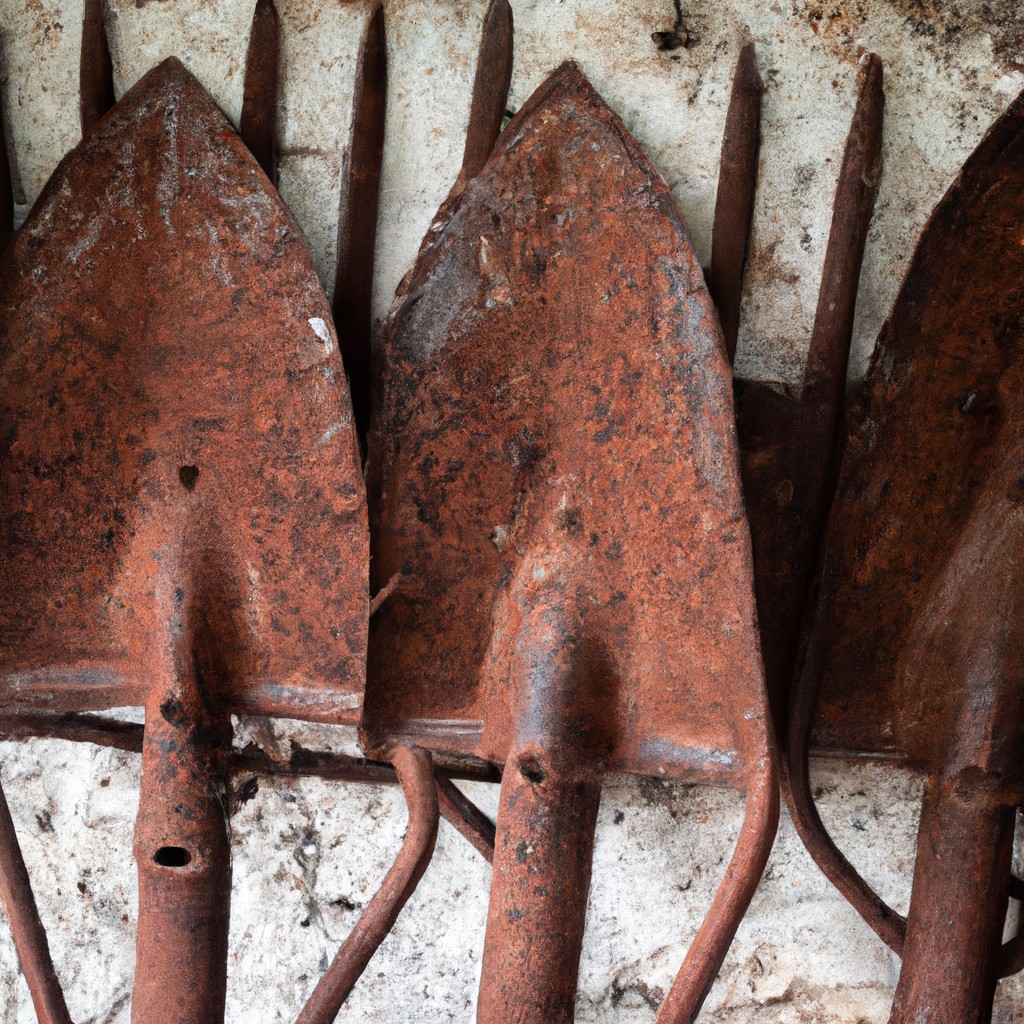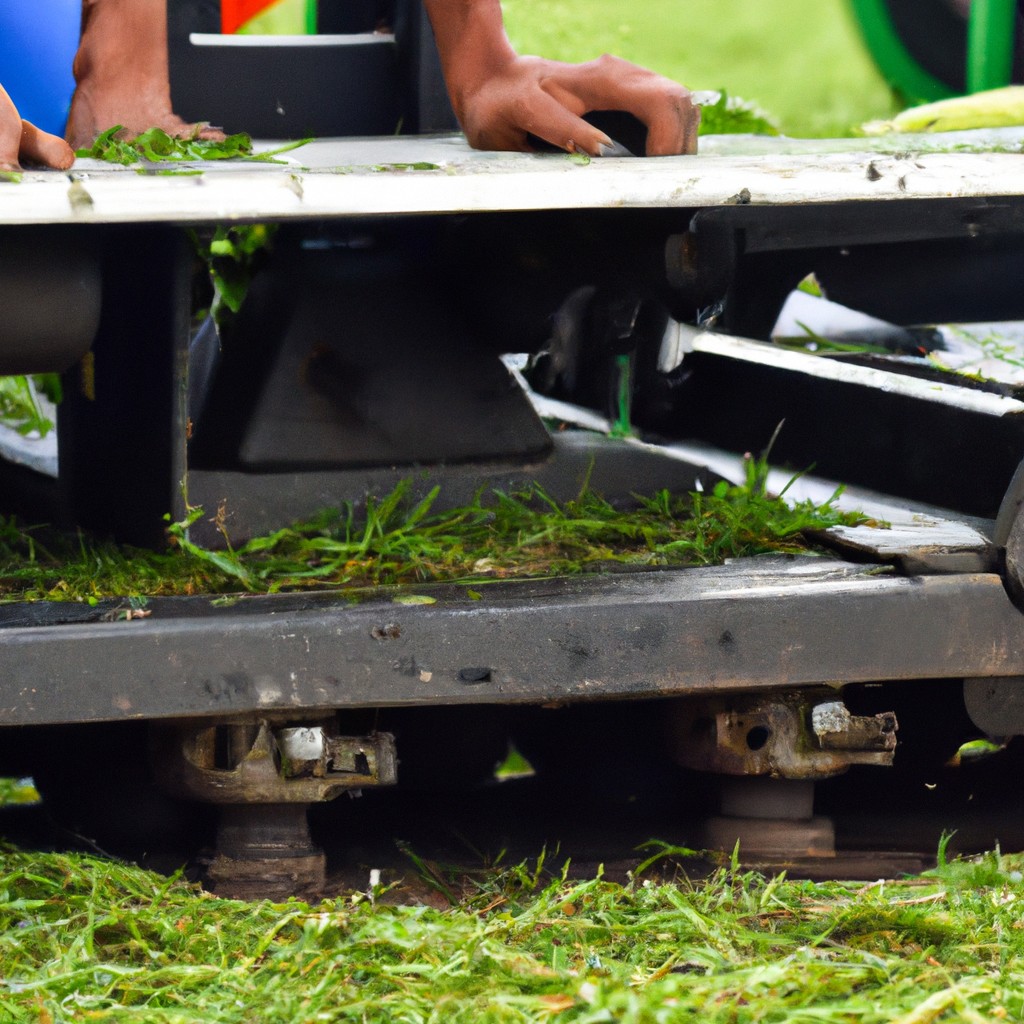Discover how digital farming revolutionizes agriculture by integrating technology to optimize resource use, increase efficiency, and boost crop yields.
Look Inside:
Technologies Used in Digital Farming

From drones to data analytics, the gizmos and gadgets of digital farming are transforming agriculture into a tech wonderland. Picture this: drones swooping over fields like futuristic birds, capturing everything from plant health to moisture levels. Meanwhile, trusty tractors have evolved into autonomous robots, planting seeds with the precision of a Swiss watch.
Sensors are the silent heroes, buried in soil or hugging plants, sending real-time data on soil pH, temperature, and even pest activity. And who could forget GPS? This isn’t just for finding the best taco truck anymore. It guides machinery to reduce overlaps and misses, ensuring every inch of farmland is optimized.
Then there’s the magic of IoT (Internet of Things). Devices talk to each other like a group of gossiping neighbors, sharing data to create a harmonious farming ecosystem. Finally, sprinkle in some AI and machine learning, which analyze the data to predict weather patterns or optimize irrigation schedules, and you have a farm that practically runs itself.
Benefits of Digital Farming
Better yield predictions, efficient resource use, and happier planet – what’s not to love? First off, digital tools help farmers predict crop yields with the precision of a fortune teller (minus the crystal ball). This means snarling at unpredictable weather becomes less of a pastime. Right?
Precision agriculture is another jewel. Using drones, GPS, and sensors, farmers can tailor water, fertilizer, and pesticides to the exact needs of their crops. It’s like being a personal trainer, but for plants. They’re hydrated, well-nourished, and strutting the fields in fine form.
And did someone mention sustainability? Forget about over-tilling and wasting resources. The data-driven insights from digital farming help fine-tune farming practices to minimize environmental impact. Mother Earth does her happy dance, and so do the farmers.
Streamline your day! Digital tools zap the guesswork out of farming schedules. From soil health checks to machinery maintenance alerts, it’s like having a farm assistant without the need to feed it.
So, better yields, precise resource use, sustainability, and time management – seems like a win-win-win-win. And did we mention the shiny gadgets?
Challenges of Digital Farming
Digital farming sounds like a slick sci-fi dream, but it’s not without its speed bumps. Imagine trying to teach your grandpa how to use Snapchat – that’s the tech difficulty level some farmers face.
First off, cost. Not every farmer has a spare pot of gold to invest in fancy gadgets and software. High-tech tractors don’t grow on trees, unfortunately.
Next up, data overload. Think about trying to drink water from a fire hose. Farmers get heaps of data, but making sense of it all? Not a walk in the pasture.
Connectivity is another hurdle. Many farms are out where the Wi-Fi signal is as mythical as a unicorn. No internet, no digital farming magic.
There’s also the learning curve. Transitioning from traditional farming to tech-savvy practices can be like asking a cat to fetch the newspaper. Possible, but tricky.
Lastly, data security. Farmers need to make sure their precious yield data doesn’t fall into the wrong hands. It’s like guarding a treasure chest from pirates – but digital ones.
The Future of Digital Farming
Robots. Drones. Artificial intelligence. Nope, it’s not science fiction; it’s the future of farming! Imagine fields buzzing with autonomous tractors, drones scoping out crop health, and AI predicting the perfect harvest time. This is where farming is headed, and it’s actually quite exciting.
Picture apps giving farmers real-time data about their soil. No need to guess if it’s thirsty – your phone will ping you. Livestock can wear Fitbits (yes, really) to monitor their health. Happy cows make for better milk, right?
Then there’s Big Data. With every seed planted and drop of water used, valuable data is collected. Analyzing this can reveal patterns and insights to optimize every little detail, inching towards near-perfect efficiency.
And while we’re at it – biotechnology could bring pest-resistant crops, reducing the need for chemicals. Farmers could become both green and gold – saving money while saving the planet. Now that’s what we call farming to the future.




